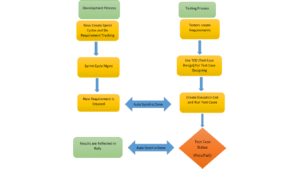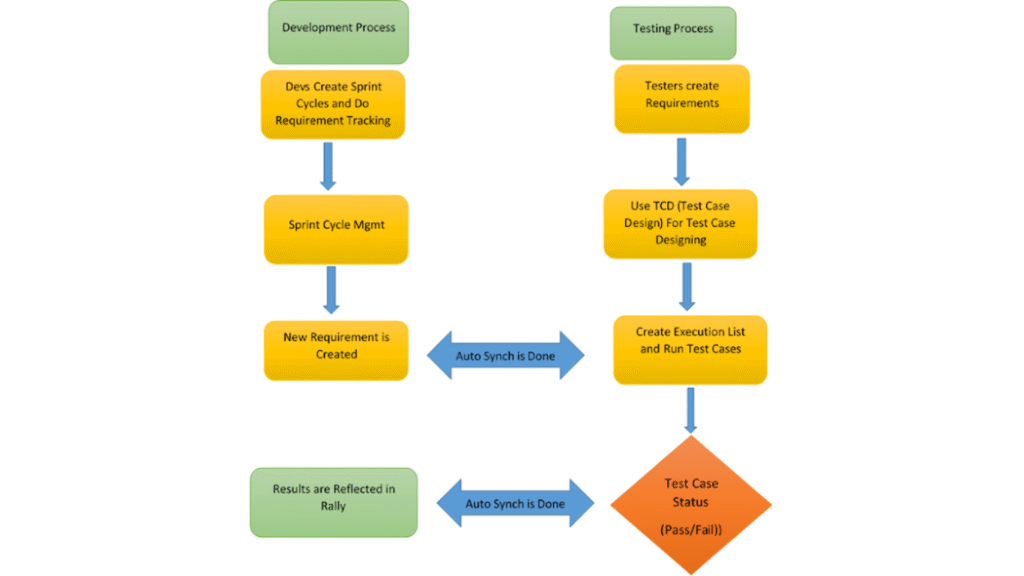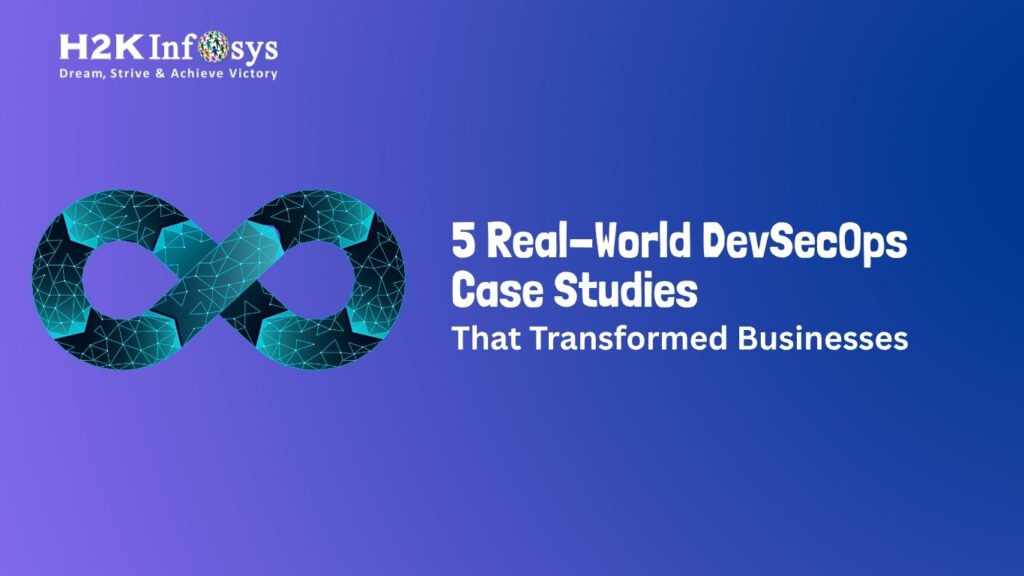You’ve probably heard of Agile marketing if you’ve been around the marketing world for a long time. You might be the team leader for a marketing department and be debating whether or not to use an agile methodology. Or perhaps your company’s leadership has started an Agile transformation and is inviting your team to join. Or perhaps colleagues in the sector have told you about outstanding Agile marketing success stories.
Whatever sparked your interest in Agile marketing, we have lots of useful information to share with you. The main focus of this article is how to get your marketing team ready for an Agile transformation. Additionally, it will discuss how to collaborate with other teams in your organization in an agile manner.
What is Agile marketing?
Agile marketing has its own Manifesto, which it refers to in the same way as Agile software development does for its core principles. Nearly all of the same ideals and principles are shared by the two. Thus, a range of marketing approaches focused on iterative development, launch, and monitoring of marketing operations can be referred to as agile marketing. The job is carried out by self-organizing cross-functional teams that prioritize quality, teamwork, and above all, providing value to both internal and external clients. Scrum and Kanban are frequently used in agile marketing teams, just as they are in software development teams.
Why consider Agile marketing for your team?
The following are some examples of the main advantages of agile marketing:
- faster value delivery to the client
- superior quality
- increased predictability
- the capacity to alter swiftly in response to changing market conditions, internal strategic changes, and ongoing campaign success monitoring.
If you’re finding it difficult to keep up with change, you’ve certainly seen marketing strategies fall short because consumers didn’t respond to them quickly enough. Similarly, you’ve definitely encountered large-scale marketing strategies that fall short of your expectations for return on investment. Agile marketing is for you if your team would benefit from improved internal and external team communication as well as the freedom to change your approach when you discover it’s not working.
Regarding when and how you should make the transition from your current processes to a more agile way of working, it depends a lot on whether your team alone is seeking agility or if you’re working toward that goal along with the rest of your organization.
How and when to go agile if it’s just your team
Here are some initial actions to think about if switching to Agile sounds like something your marketing team would benefit from:
Embrace the journey
Once you have fully accepted agility, you can enjoy all of the advantages mentioned above. If done properly, you can experience tremendous gains right away while also learning and developing. However, initially, your team might actually produce less than you’re accustomed to. This is due to the fact that they are still learning and adjusting to a completely new method of doing their jobs. Therefore, it’s crucial to appreciate the road you’re on rather than focusing just on the outcomes.
More than a collection of procedures, agility is a state of mind. You’ll overcome the challenges if you have realistic goals and a strong commitment to long-term improvement.
Secure executive sponsorship
This may not need to travel all the way to the C-suite, depending on the size of your organization and the leadership structure. However, your department head should at the very least support your choice to focus on agility. Without sufficient sponsorship and backing, you’ll probably feel too much pressure to deliver outcomes “the way it’s always been done.” This will make it hard to make the transition.
Ensure access to data and ways to track success
You should already be gathering and keeping track of data related to your marketing and advertising initiatives. However, once you start implementing Agile procedures, it becomes even more crucial to keep pursuing methods that are effective and to modify strategies that are unsuccessful. Instead of using a standard annual plan, working with agility accepts change on a daily, weekly, and monthly basis. This iterative process of data collection also yields useful information that your executive sponsor can utilize to increase support for your effort.
Start small by forming only one team.
Even though you might be tempted to overhaul the marketing department as a whole, there are several benefits to starting small. Select one team to act as the pilot, and provide them with the help they require to be successful. Other marketing activities won’t be impacted while one team goes through the inevitable learning curve of trial and error associated with any process change. When you’re ready to go beyond one team, you’ll be more confident and encounter fewer unforeseen problems.
Get support
Reach out to any teams in your organization who have already undertaken an Agile transformation to benefit from their experience. Agile professionals from outside consultation might also be helpful. To guarantee your teams are ready to go when you switch to Agile, they can offer formal Agile training and integrated coaching.
Use tools to simplify the process
Agile procedures are supported by a number of software solutions that make both daily work and longer-term planning simpler. One illustration is Atlassian’s Jira software, which is among the most widely used labour management applications worldwide. For marketing teams that use an Agile methodology, Wrike is a potent tool. Jira and Wrike integrate perfectly, as you might anticipate.
By automating most of the tedious labour, such as record-keeping and reporting, you can free up more time and energy to devote to providing value to your clients.
How and when to use Agile as part of a larger transformation
All of the aforementioned advice still holds true if you’re implementing Agile as part of a wider transformation. However, you might discover that using them works differently.
Your goals and journey might be different from others.
If your teams feel that they are being pushed to change because everyone else is, you may need to make a stronger effort to coach them to understand and appreciate the advantages of Agile procedures.
Finding executive sponsorship ought to be simpler.
It’s fantastic news that there may be support at the highest levels if a wider transition is underway. Utilise the chances that your team has to the fullest.
Access to data is still vital
No matter what, you will still need to collect and use the same data. Make careful to share what you have and collaborate with other departments to collect more data, if at all possible. The first (and most significant) logical partner in this regard for collaboration is sales.
You should still start small.
It makes sense to start small so you can profit from a pilot program, even as other departments move around you. Of course, you might need to modify based on their timetables since other departments are undergoing transformation at the same time.
The value of consultation, instruction, and coaching is equal.
In fact, if you find it difficult to work effectively with other departments during the transition phase, outside assistance can be even more crucial.
Tools become even more important if you can share data with other departments
Jira, for instance, makes perfect sense to use if your IT and software development teams are adopting Agile and using it to transfer work seamlessly.
Silos will be taken down.
If the value you offer is closely matched with that of that other section of the organization, it can make sense for people from outside your department to join your agile team or for you to join another agile team.
Conclusion
You can learn more about Agile Marketing by checking out the Agile certification training.
























